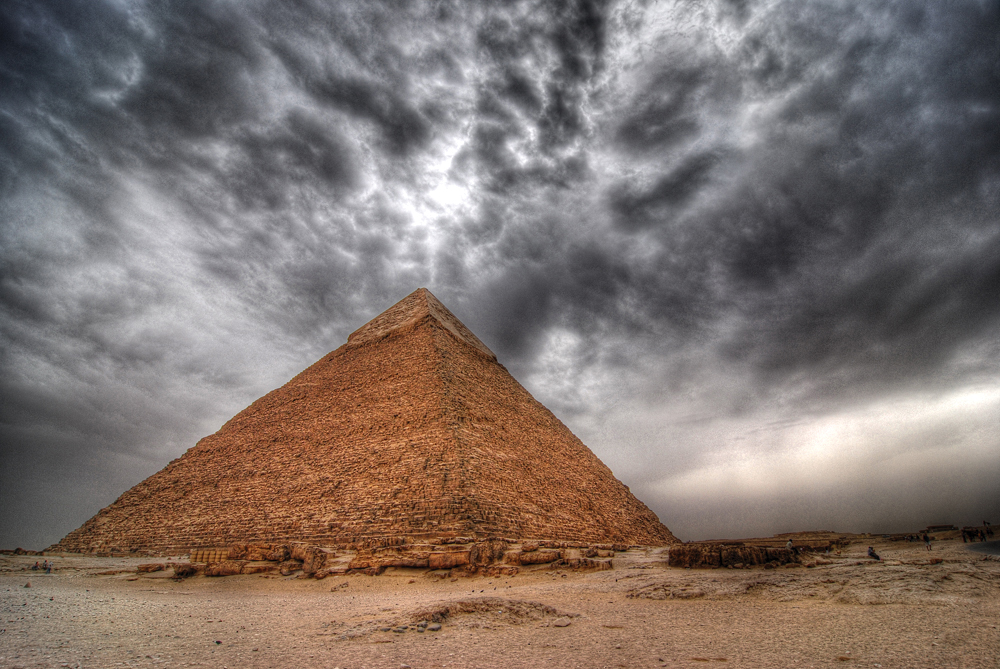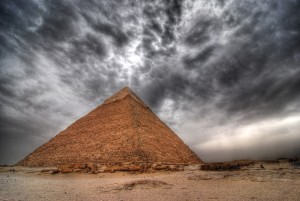Unveiling the Middle East life

Beyond the controversy and chaos, the Middle East has much to offer for travellers and locals

Media and social media alike oftentimes paint a very grim, one-dimensional picture of the Middle East.
From afar, all that is evident is a hostile region where nobody gets along, unrest is rampant and human rights are violated on a daily basis.
The above is certainly true to a degree. Yet, it is nowhere near everything this region has to offer.
More intricate realities of the Middle East are usually known to only those who have lived in the region themselves, none of which include riding a camel to school.
Although religion takes precedent in this part of the world, people are not obsessed with it.
People do not shun themselves to their homes in fear of the state. They are a lot like you and I, who will grab a coffee at a corner café and talk about soccer, movies, global events or what they did on the weekend. They spend time with their families.
In fact, throughout most of the region, strong family values prevail, possibly even more so than much of the West.
Not everyone in the Middle East is Muslim, not everyone in the Middle East speaks solely Arabic.
One of the several languages spoken in this region is Persian, Turkish, English, Urdu Kurdish and Hebrew. Apart from the obvious Jewish population in Israel, there are significant number of Christians and Jewish communities in the area.
Contrary to popular belief, a majority of the region is not a dangerous, hostile desert land. Indeed, 60 per cent of the region’s population lives in big urban cities such as Cairo, Dubai and Riyadh.
Life happens just like it would anywhere else.
Traffic jams consume the morning times and early evenings, malls get filled up on weekends with all kinds of shoppers who can stroll along the likes of Gap, Zara, H&M, Gucci and all else.
Free tables are in scarcity at a range of shisha bars, eateries and cafes to drop by, including prominent names such as Chili’s, Applebee’s and several other steakhouses.
In Dubai? You could go indoor skiing at the Emirates Mall, one of the greatest malls in the world.
There are plenty of things to do in this area ranging from desert dune dashing in an SUV to jet-skiing in the Red Sea, to having a camp fire under the star-lit night sky of the desert.
Many people who have not lived in the Middle East themselves have not witnessed the yearning for social responsibility present among each other.
A tradition urged by religion requires one to look after their neighbours, the poor and the sick.
While food and presents are constantly exchanged between neighbours, the poor are offered free breakfasts during the fasting and holy month of Ramadan.
A characteristic we all know too well is the inequality of opportunity for women across the Middle East.
Nevertheless, many governments have made modest strides towards improving conditions for women.
Many Jordanian women have started managing their own businesses and taken up traditional jobs dominated by males.
More women in the United Arab Emirates are starting to get involved in politics.
In the United Arab Emirates employment for women has gone up from 11.6 per cent in 1995 to 66 per cent in 2007, with two female ambassadors serving abroad.
Yes, the Middle East still has its problems.
Violence, intolerance and corruption remain an underlying reality. But that is not the extent of reality.
With a few exceptions, these issues do not dominate the realm of Middle Eastern culture any more than handgun violence and immigration tensions in the United States.
The majority would probably not consider living in the Middle East, even if it meant that you would pay less for gas than you would for water and mostly live a tax-free life.
But is it worth visiting the Palm Islands of Dubai, pyramids of Cairo and rock-cut architecture of Petra Jordan, party central of Beirut?
Firsthand experience tells me there is no shadow of a doubt.


